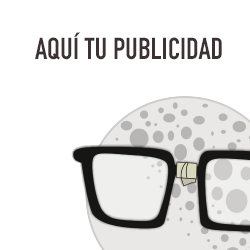
Photo by mohamed_hassan on Pixabay
If you use Microsoft Word to create documents, it’s easy to save them as PDF files. If you need those PDF files for editing later, however, you’ll have to convert them back into an editable file format.
That’s where a PDF editor comes in—to makes the file readable as an editable document once again.
But what is it exactly? It is a special program designed to fix common mistakes that result in unreadable documents when saved as PDFs.
Let’s take a look at some of the most common mistakes people make when creating a PDF file, and how they can be corrected by using a specialist document editing software.
Using the wrong file type
There are several file types available when converting a Word file to a PDF file. Most of these use a lossless compression algorithm that will not degrade the quality of the file.
However, some of these compression types are not ideal for editing a document again as a PDF file. The main file types used for creating PDF files with Microsoft Word are:
DOCX – This file type is an Open XML format created and edited with Word 2007 or newer.
DOC – This file type is also a zipped file, but not as compressed as a DOCX file.
RTF – This file type is the least desirable format for saving a document as a PDF file. It creates an unzipped file that cannot be edited again as a PDF file.
Incorrect page layout and font usage
A common mistake with PDF files is to use page layout features such as headers, footers, page numbers, and section breaks within the document. These features are designed for printing documents only and are not visible in a PDF file.
Also, many PDF readers do not support the use of formatting such as bold, italicized, or underlined text. If you save a document as a PDF file and use these features, they will be visible in the document.
However, they will not function as intended. For example, footers that include the date and document title information will appear in the bottom corner of every page in the PDF file.
Lack of document metadata
Another common mistake with saving a document as a PDF file is to leave the metadata field in the file blank.
When the metadata is left blank, the document information is incorrect. This can lead to confusion if someone tries to open the file in the future because they will see the incorrect information.
You can correct this mistake using a PDF editor by highlighting the document and pressing CTRL+B on your keyboard. This will open the Advanced Properties menu, where you can edit document information such as Title, Author, Subject, and metadata.
Incorrect colour usage
Many people convert a Word file to a PDF file using a black-and-white setting. This converts the document to black and white, which is fine if you want to print a document and save it as a PDF file.
However, if you want to create an editable PDF file, you need to use a color setting. And when you convert a Word file to a PDF file, you can choose to use a color setting.
Conclusion
As you can see, there are several common mistakes that people make when saving a file as a PDF. Fortunately, the errors can be corrected by using a PDF editor.









